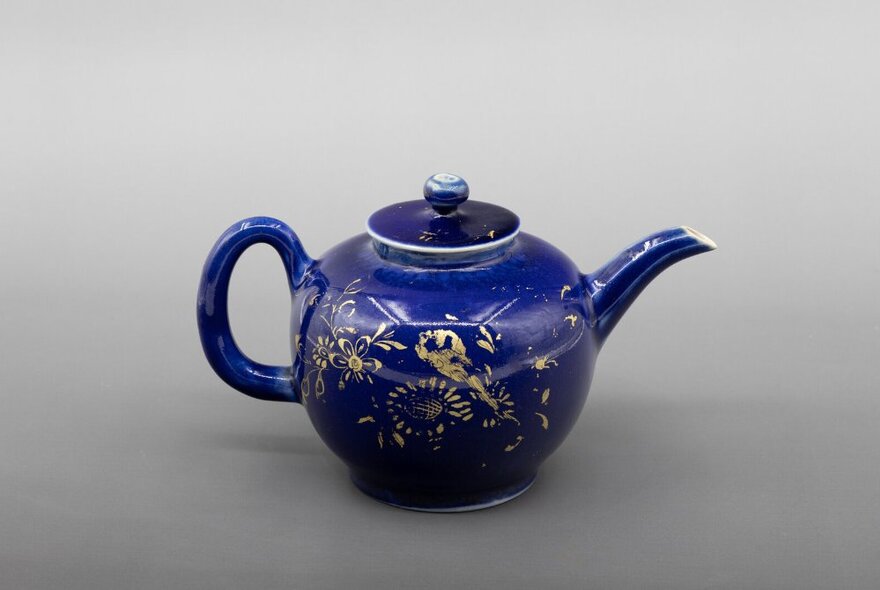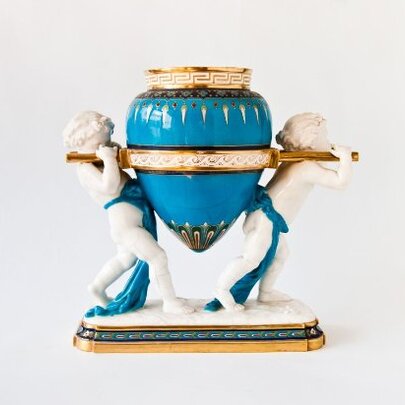This presentation traverses the political, economic, technological and social influences that combined to create the explosion in demand for beautiful, personal objects in 18th-century Europe. It considers the human appreciation of beauty, the correlation between liberty and prosperity, the impact of trade (particularly with East Asia), the effects of science and innovation, the rise of consumerism and imitation, and the abundance of beautiful items in the 1700s. Some of the great ‘shakers and movers’ of the eighteenth century are introduced, including Josiah Wedgwood, Matthew Boulton, David Ricardo, Erasmus Darwin, and James Watt.
Genine Wallinga started collecting ceramics (unbeknown to her at the time) when she purchased a charming nineteenth-century teapot in Hong Kong in 1998. Her delight in the small, spherical shape led her to start collecting small antique teapots, with a subsequent focus on collecting eighteenth-century British teapots.







